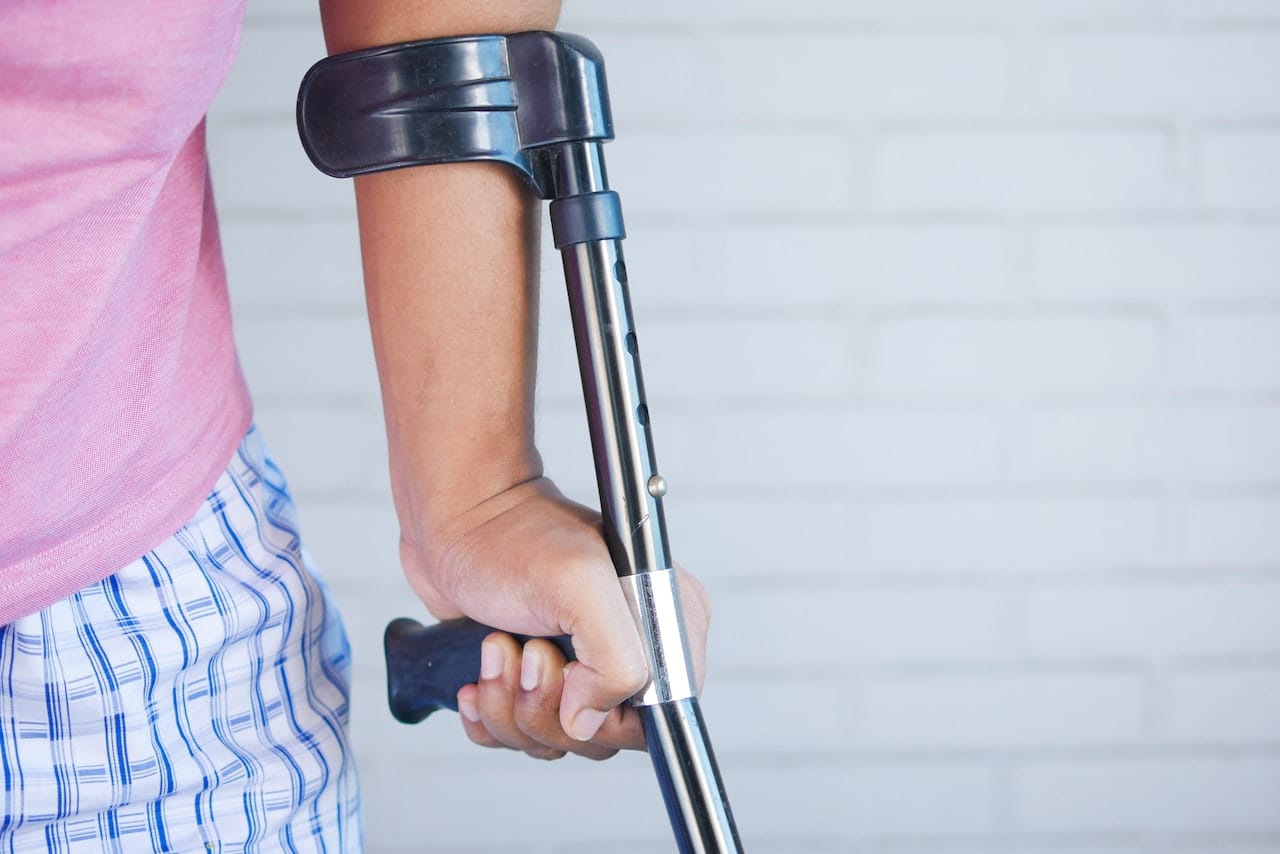You may be entitled to compensation if you have been injured due to a car accident, slip and fall, or another personal injury. Pursuing a personal injury claim may be necessary to help a plaintiff proceed on the road to recovery. Damages recovered from a claim can help cover the cost of medical treatment, lost wages, and other damages. The purpose of monetary compensation is intended to put the injured party into the position they would have otherwise been in had the defendant’s negligence or action not occurred.
In this two-part series, part one will provide an overview of various types of damages which may make up a personal injury claim for compensation. In part two, we will consider factors impacting a compensation award.
Types of Damages
There are three categories of damages which may make up a personal injury claim, namely general damages, punitive damages and special damages.
General damages are intended to compensate an individual for pain and suffering, emotional distress and non-economic losses. Punitive damages are only awarded when a defendant’s actions were so egregious that the defendant should be punished. Special damages are tangible and quantifiable monetary losses that a plaintiff has incurred up to the point of trial or settlement.
Common Heads of Damages
However, it is difficult to know how much a personal injury claim will be worth as many factors must be considered, including the type of accident, the injuries sustained, and the extent to which the injuries have impacted the plaintiff.
It is important to note that not every plaintiff will be able to claim under all heads of damage, as each claim is tailored to the plaintiff’s specific circumstances. The following are some examples of the most common heads of damages:
Pain and Suffering
Pain and suffering is also known as general damages or non-pecuniary damages. This head of damage is intended to compensate an injured plaintiff for their pain and suffering and loss of enjoyment of life due to their injuries. If someone has sustained minor injuries (or soft-tissue injuries) their claim for pain and suffering may be capped by the Alberta Minor Injury Regulations, which currently sits at $5,488.
In 1978, the Supreme Court of Canada set a cap on pain and suffering in the case of Andrews v. Grand & Toy Alberta Ltd. The plaintiff was a young man who sustained injuries in a car accident, rendering him a quadriplegic. The Court awarded $100,000 to compensate the plaintiff’s pain and suffering. This case has since been referenced as an upper limit on general damages; however, the exact amount of the cap has increased over the years to account for inflation.
Future Cost of Care
In many cases, significant injuries will require ongoing medical care and treatment and may impact someone’s ability to complete certain household chores for a substantial period of time. This head of damage is used to compensate for the cost of a plaintiff’s future care needs. It is impossible to know how much someone’s future care may cost, but experts can be consulted to calculate a realistic estimate.
Loss of Housekeeping and Valuable Services
If a plaintiff’s injuries are ongoing and prevent them from completing their normal household chores and yard work themselves, a claim may be made to compensate for the cost of hiring someone to do this work instead. This head of damage may contemplate current costs and the future cost of requiring ongoing assistance.
Income Loss
Claims for income loss are relatively straightforward. Compensation claims are made for the amount of income someone would have earned had they not been injured due to the accident. Employees will be required to obtain documentation in order to establish proof of earnings related to their employment.
A loss of income claim can still be advanced if someone is self-employed or a business owner. However, given that income may fluctuate, additional evidence from an accountant may be required in order to establish the amount of income lost.
Diminished Earning Capacity or Future Income Loss
Suppose an individual cannot return to their pre-accident employment due to their injuries. In that case, they may be compensated for the anticipated amount of money they would have earned had the injuries not occurred. Because of the potential uncertainties around this head of damage, other professionals may be retained to produce sufficient proof of the likelihood and accuracy of future losses. This head of damage is intended to cover losses related to the inability to work at the same job and pay rate as someone did prior to the accident and may also consider unique circumstances, such as the inability to accept a promotion or enter into the area of work which someone was training for.
Special Damages
Generally, special damages must be easily calculated and are intended to reimburse a plaintiff for any out-of-pocket expenses incurred to date. Examples of special damages can include medical care, rehabilitation and treatment costs, assistive devices used by the plaintiff, vocational retraining and prescriptions. Special damages may only arise in some claims.
The Skilled Personal Injury Lawyers at Cuming & Gillespie LLP in Calgary Aim to Recover Maximum Compensation on Behalf of Injured Plaintiff’s
The experienced and trusted personal injury lawyers at Cuming & Gillespie LLP understand that a personal injury can turn someone’s life upside down. While monetary compensation cannot always compensate for the impact injuries may have on someone’s life, awards for various damages can help to alleviate the financial pressure while working towards recovery. If you have suffered a personal injury due to a result of a car accident or other serious personal injury, call us at 403-571-0555 or contact us online to schedule a consultation with one of our lawyers.

